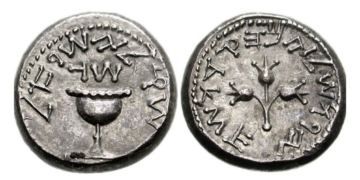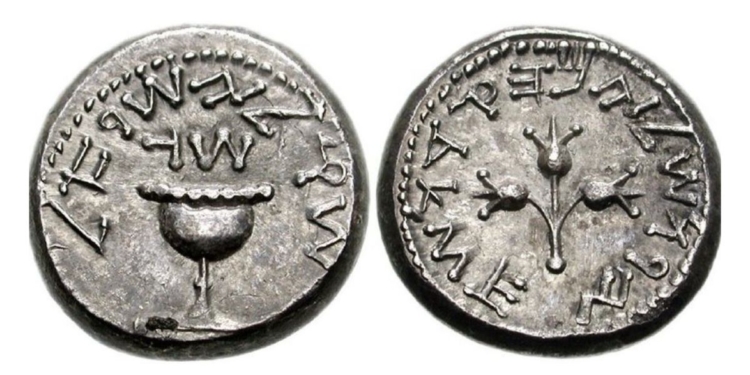A search for weapons in Ibillin, a town in northern Israel, revealed a far more valuable cache.
Border police officers came across a collection of unregistered antiquities while conducting a weapons search at a suspect’s home in March.
The officers from the Border Police and Northern District Police were searching homes in Ibillin as part of investigations into violence in Israel’s Arab communities, according to The Jerusalem Post.
During the search of one suspect’s residence for weapons, they instead discovered a trove of ancient artifacts.
Under Israel’s 1978 Antiquities Law, all antiquities found within the country belong to the state. Searches for antiquities without proper licensing, as well as the use of digging tools or metal detectors in areas of potential archaeological importance, are prohibited.
Israeli culture spans thousands of years, from the ancient Canaanites and Philistines to the kingdoms of Judah and Israel and beyond, which makes it a prime target for archeological looters.
For example, in 2022, the Israel Antiquities Authority’s theft prevention unit recovered over 1,800 ancient artifacts from an unlicensed dealer in the central city of Modiin, according to the Times of Israel.
Among the historically invaluable pieces found in the raid was a partially cleaned silver shekel coin from 67 AD. It was printed during the First Jewish-Roman war, also known as the Great Revolt, and bears the inscription “Holy Jerusalem” on one side and “Shekel Yisrael Year Two” over a trophy on the other.
A silver shekel coin from the first revolt. One side is decorated with three pomegranates and is inscribed with the Hebrew “Jerusalem is holy.”On the other side is a chalice with the word “shekel of Israel year two.” (67-68 AD)
(8/) pic.twitter.com/r8NAMCJyTy
— 🇺🇸SeeingEye🇺🇸 (@Seeingidoc) November 27, 2023
These antiquities are more than relics. They prove the accuracy of Israel’s claim to the land, and the history of its people.
Amazing discovery! A rare half-shekel silver coin from the First Jewish Revolt against the Romans has been discovered in the Judean Desert. The rare coin had the words “The Holy Jerusalem” in ancient Hebrew.
Tell me more about how Jews occupy Israel. pic.twitter.com/E3OJv7kQ0K
— Hananya Naftali (@HananyaNaftali) July 27, 2023
Would you ever travel to Israel?
This coin in ancient Hebrew says: “Shekel, Israel. Year 3″
Reverse: “Jerusalem the Holy”
It’s from 68 CE. pic.twitter.com/0IQ50OBX97
— Modern 🇮🇱 Talmud (@ModernTalmud) April 4, 2024
Sorry to ruin your parade. This one is in Aramaic, and it’s half-Shekel coin from 66 or 67 CE. Around 500 years before Muhammad was born. It reads: “Holy Jerusalem”. pic.twitter.com/SXxGtdhhGH
— Gaby Zighel 🇺🇸🇻🇪 (@GabyZighel) November 16, 2023
The lamps, wicks and coins discovered in the March raid were not as old as some other recent discoveries, with the wicks dating a few hundred years ago and the coins from the Islamic period, the Jerusalem Post reported.
After issuing a warning to the suspect about the proper handling of antiquities, police transferred the objects to the Antiquities Authority for documentation and preservation.
Inspector Nidal Abdelhalim, chief intelligence and investigations officer at the Shfaram station, emphasized the historical and cultural value of such archaeological finds, saying, “Behind every ancient object, like the ones that were seized, there is a hundreds of year-old historical story. It deserves to be in the right hands, presented to the whole public, and not be the private property of one criminal or another.”
For Israel, every artifact tells the story of this ancient land’s history — who lived there, when they arrived and what they contributed to the region.
Despite how modern historians may attempt to spin it, these ancient timestamps are the evidence that refutes historical revisionism and tells the story of a tiny land that has been the object of the entire world’s attention for most of recorded history.
This article appeared originally on The Western Journal.


























 Continue with Google
Continue with Google